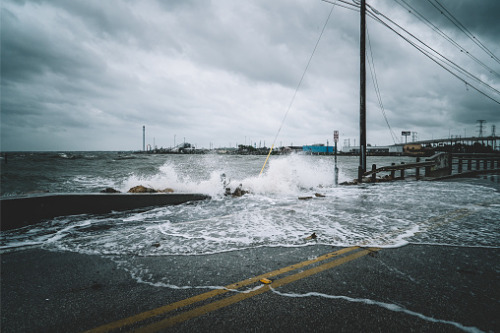

Global insurance and reinsurance firm AXA XL recently released a report alongside the Centre for Risk Studies (CCRS) at Cambridge Judge Business School, which analyzes the impact of insurance and reinsurance on the speed and quality of recovery following natural catastrophes.
According to the report, titled ‘Optimizing Disaster Recovery: The Role of Insurance Capital in Improving Economic Resilience,’ the annual average loss from natural disasters worldwide jumped from US$27 billion in 1970-1980 to nearly US$200 billion in 2010-2019. This increase is attributed in the report to global economic development, population growth, and the increasing value of assets in hazardous areas, especially in fast-growing regions like Southeast Asia.
“AXA XL’s purpose is to act for human progress by protecting what matters, and what matters most to communities around the world are their homes, families and their livelihoods,” said Andrew MacFarlane, who leads AXA XL’s Public Sector Partnership Working Group. “The work we do as insurers and reinsurers, together with the support we get from government through local and federal aid agencies, and the solutions that communities themselves develop, allow these communities affected by natural disasters to recover.
“The aim of this study was really to delve into these disasters and their recoveries, and to investigate the crucial role that insurance has in both the speed and the quality of these recoveries […] and the results are clear. Insurance plays a key role in securing the quality and the speed of recoveries of those communities that are exposed to catastrophic risk.”
The ‘Optimizing Disaster Recovery’ recovery report analyses over 100 natural catastrophe case studies from around the world. It reveals a striking gap between how quickly communities are able to recover after a disaster event based on how effectively those disasters were managed at the time. One of the key findings was that countries with higher insurance penetration were able to recover far more quickly than communities with lower insurance penetration. In fact, for each percentage point increase in insurance penetration (non-life premiums divided by a country’s GDP) a country’s recovery time reduced by almost 12 months.
According to AXA XL and CCRS research, countries like Japan, Australia, South Korea and those in Western Europe with high insurance penetration have an average recovery rate of less than 12 months after a natural catastrophe. This is much faster than countries with low insurance penetration, like Bangladesh, Haiti, Nepal and the Philippines, which have an average recovery rate of more than four years. The United States is a bit of an anomaly from this trend. While the US enjoys high insurance penetration of more than 4%, the fragmented nature of coverage, particularly flood, disaster response and scale of loss has resulted in a recovery rate average of just over three years.
“For a large number of major catastrophes, somewhere between 20% and 30% of the losses are picked up by the private capital markets, the insurance industry and the reinsurance industry [and they are] backed by the financial markets and the global financial system. And of course, that is an extremely effective mechanism for sharing risk and for diversifying the risk borne by very localized communities,” said Dr. Andrew Coburn, CCRS chief scientist.
“But the tragedy is that only about 20% or 30% of the risk is actually covered by insurance, meaning the remaining 80% or 70% of the losses are borne by the local communities themselves. This study is trying to draw attention to that protection gap, with the hope of closing it and allowing more of a global capital finance system to build the resilience that will reduce the [impact of] catastrophes in the future.”
The report looks beyond the use of capital to facilitate recovery in order to establish the underlying success of recovery following disaster events. In particular, analysts looked at how quickly and efficiently communities restored their society and economy, and how they used that reconstruction to improve the overall resilience of the area.
“We’re hoping that the report will be influential in trying to help improve the speed of recovery and the speed and quality of future reconstruction,” commented Oliver Carpenter, CCRS environmental & climate risk lead. “The report points out that the frequency of these catastrophic events is increasing, and, therefore, recovery planning and having strength in the right way of going about this is becoming even more relevant. Many of the case studies that we show are […] wasteful in the way that resources are lost in the process, even in the recovery. We very much want to enlighten and bring a broader evidence base to bear in improving the quality of reconstruction and building resilience to mitigate in the future.”
MacFarlane added that while the “timely and effective nature of delivery of finance through insurance is a key facilitator of recovery,” insurers and reinsurers also have a key role to play in incentivizing improvement in the eventual reconstruction outcome, particularly where more catastrophic resilience can be developed. He said: “We’re advocating that insurance can have a greater role to play here, especially in the under-developed markets, and we’re therefore really keen to push these findings out into the industry.”
